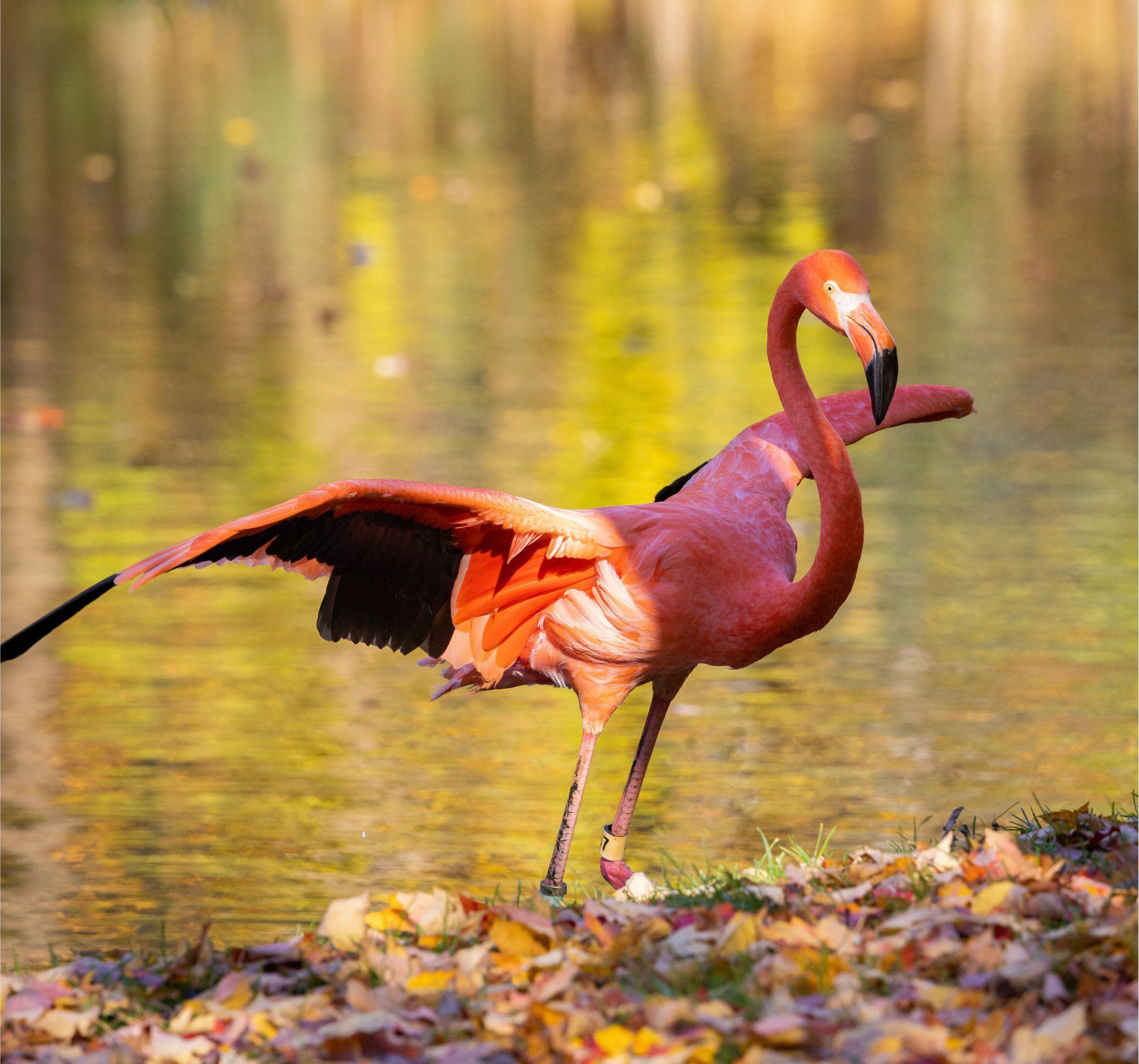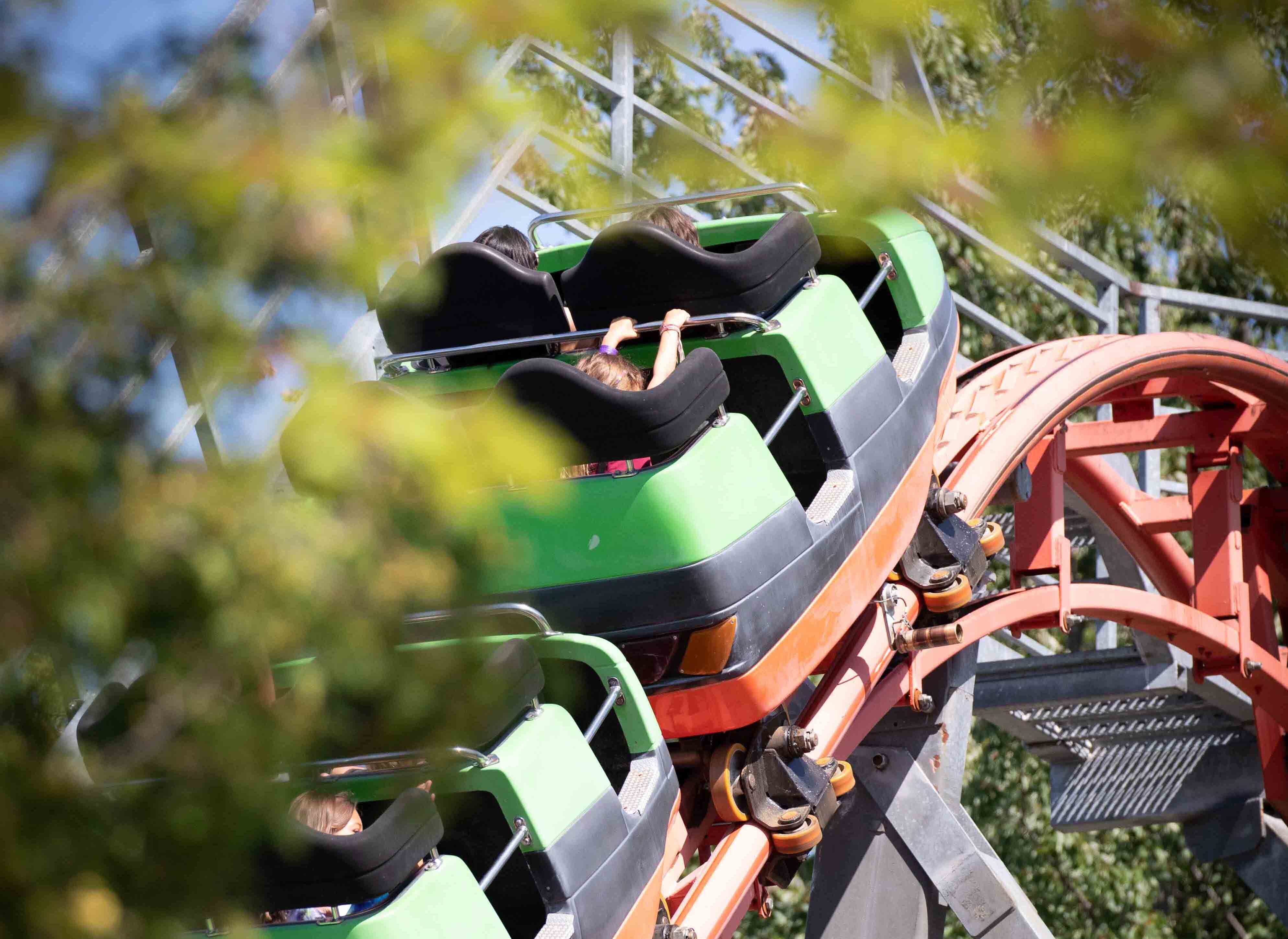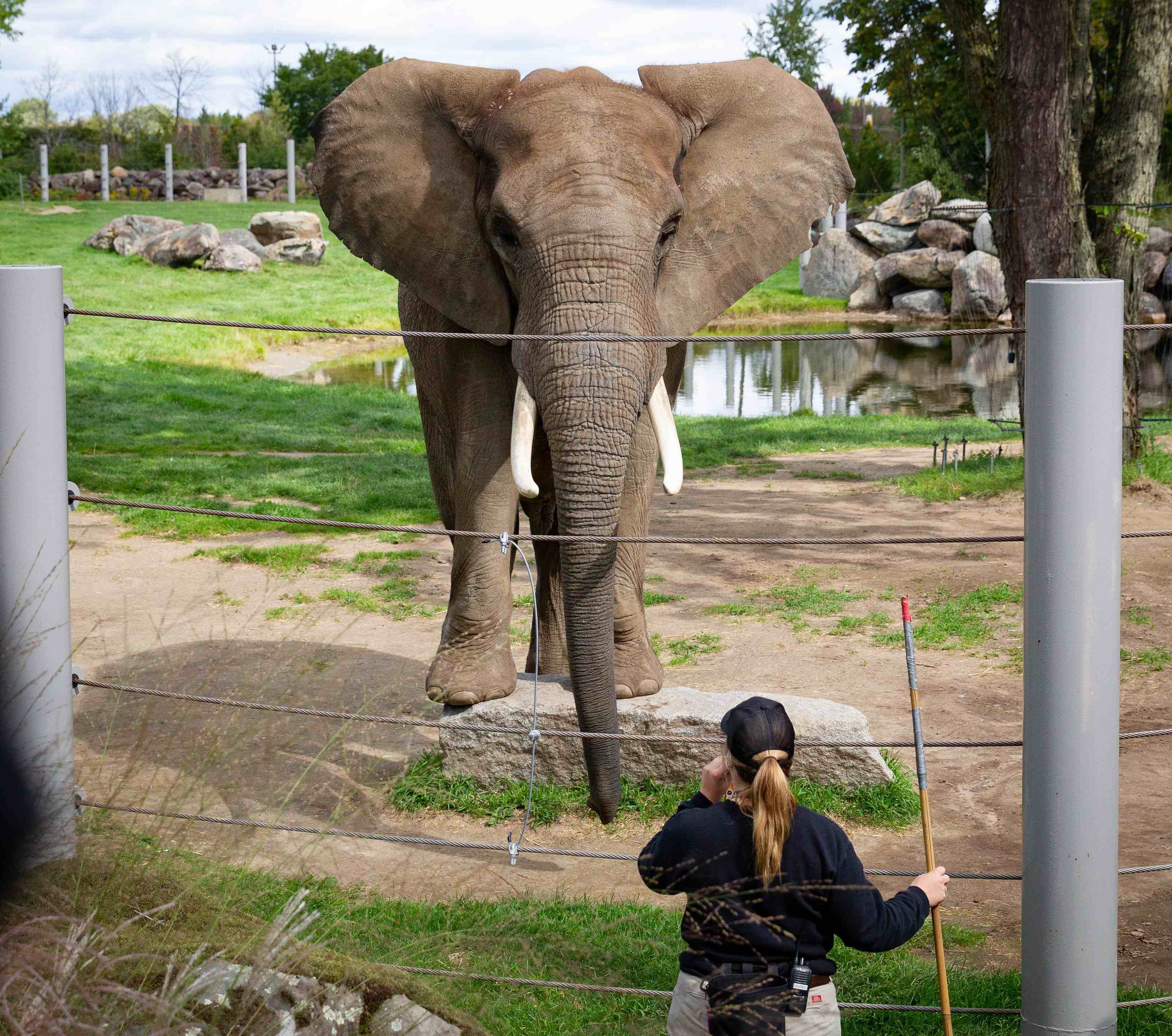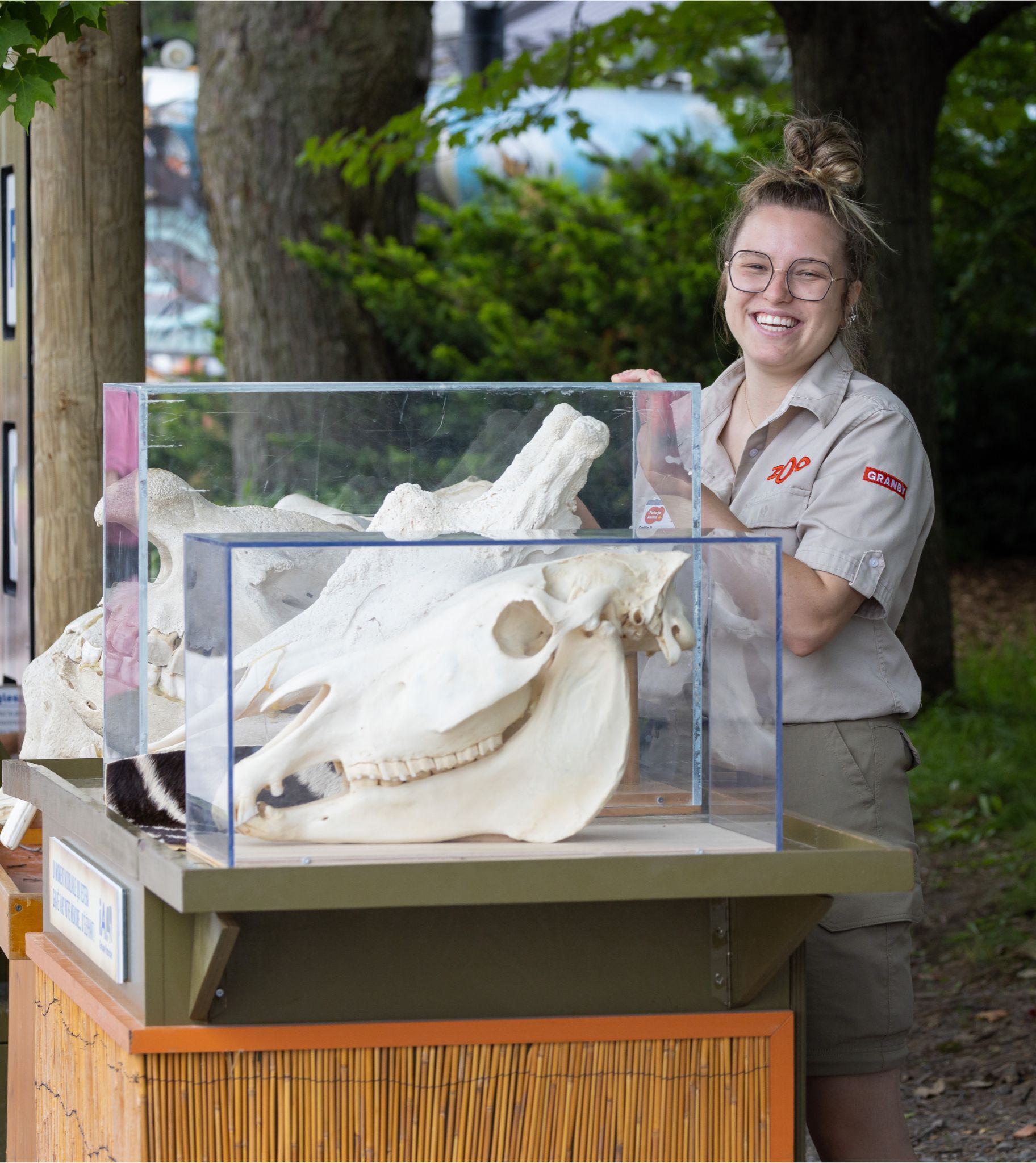We're Viewing Life Through Rose-Coloured Flamingos


It's spring! We're Viewing Life Through Rose-Coloured Flamingos
We’re celebrating on the African trails, as the first flamingo egg was laid on February 14 in our indoor quarters.
And because good news never comes alone, a second couple produced an egg last March 19, rekindling the hope of seeing a pretty white chick appear.
Indeed, the 30-day incubation period having passed, the chances of seeing the first egg hatch are slim: the team is therefore keeping its fingers crossed for the 2nd one!
And if the happy event occurs around April 19, you can sound the trumpets and beat the drums! The last flamingo birth dates back to 2001 and the Zoo’s team will hold quite the celebration.
Why? Because reproduction, with this beautiful pink wader, isn’t an easy task and requires expertise and skill to succeed.

The more the merrier... seduction!
In the wild, flamingos live in large colonies of hundreds or even thousands of individuals.
Members of the same colony initiate reproductive behaviours simultaneously, with a contagious effect in the group, thus synchronizing their nesting and limiting the impact of predation.
Males will often gather and run with their necks extended and their beaks pointed skywards to seduce females.
At the Zoo our little colony consists of ... 23 birds! Therefore, to create the same kind of excitement around courtship and seduction rituals, mirrors cover all the walls of their indoor quarter.
Our little group is given the impression that there are many more of them than there actually are! Individuals who initiate mating behaviours are then encouraged by their reflection which is doing the same!
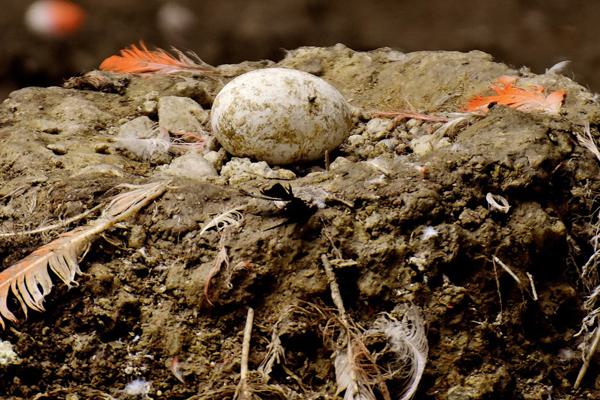
A Muddy recipe
Flamingos build mound-like, conical nests made from a mixture of mud, small pebbles, straw and feathers.
Both males and females participate in building the nest, which can be as high as 30 cm, by using their beaks as spatulas to scrape mud and other objects from the surrounding area all the way to their feet.
A small cavity is created at the top, where the couple’s single egg is laid.
“Creating” mud is way more complicated than you might think!
Over the years, the Zoo’s technicians have tried to refine their technique by using several different recipes. If the mud is too liquid, the mound doesn’t stick together; if it’s too packed, the birds won’t be able to dig into it.
In the end, a clever mix of peat moss, straw and clay did the job! The space is also flooded, to recreate the natural environment where nesting normally takes place, but the water level is lowered as the hatching date approaches.

The only thing left to do is wait...
The incubation period lasts from 28 to 30 days. At birth, the chick is covered with white down and its beak is straight! Only when they reach 2 years of age will their greyish plumage give way to their beautiful pink feathers.
The birds acquire their characteristic pink colouring from the carotenoid pigments contained in their food.
Will the Zoo de Granby be introducing a new addition to its flamingo colony this spring?
Follow us on our social networks to find out if we’ll be welcoming a hatchling towards mid-April!
